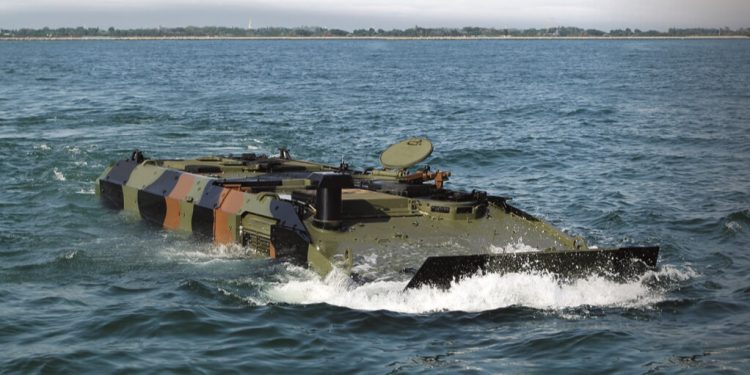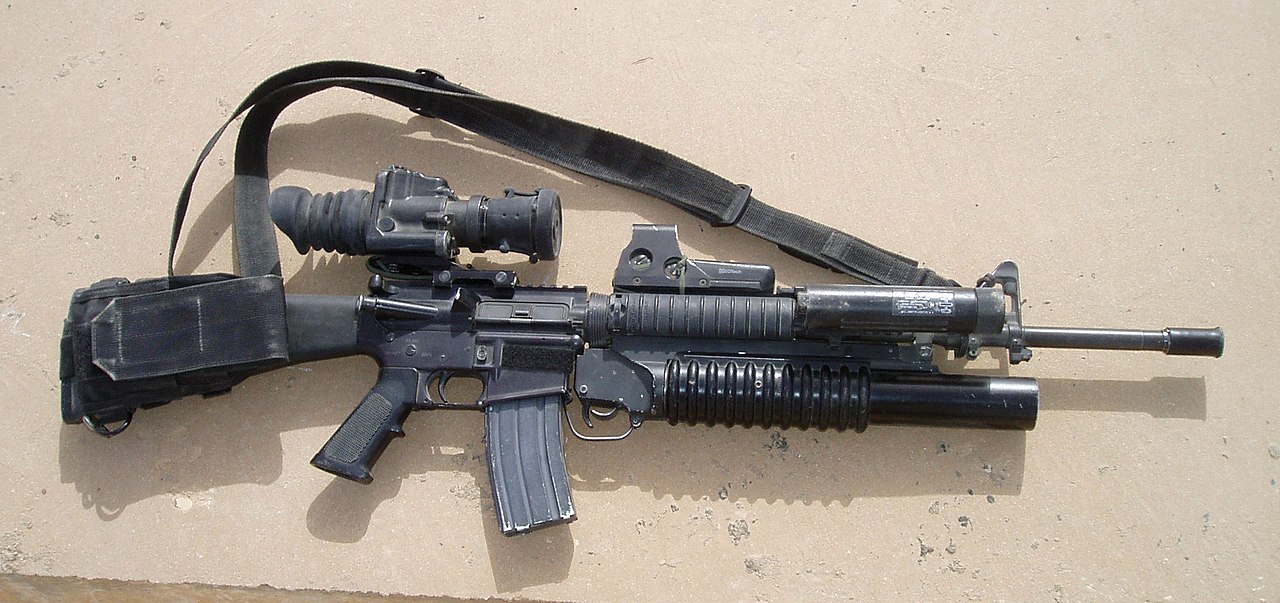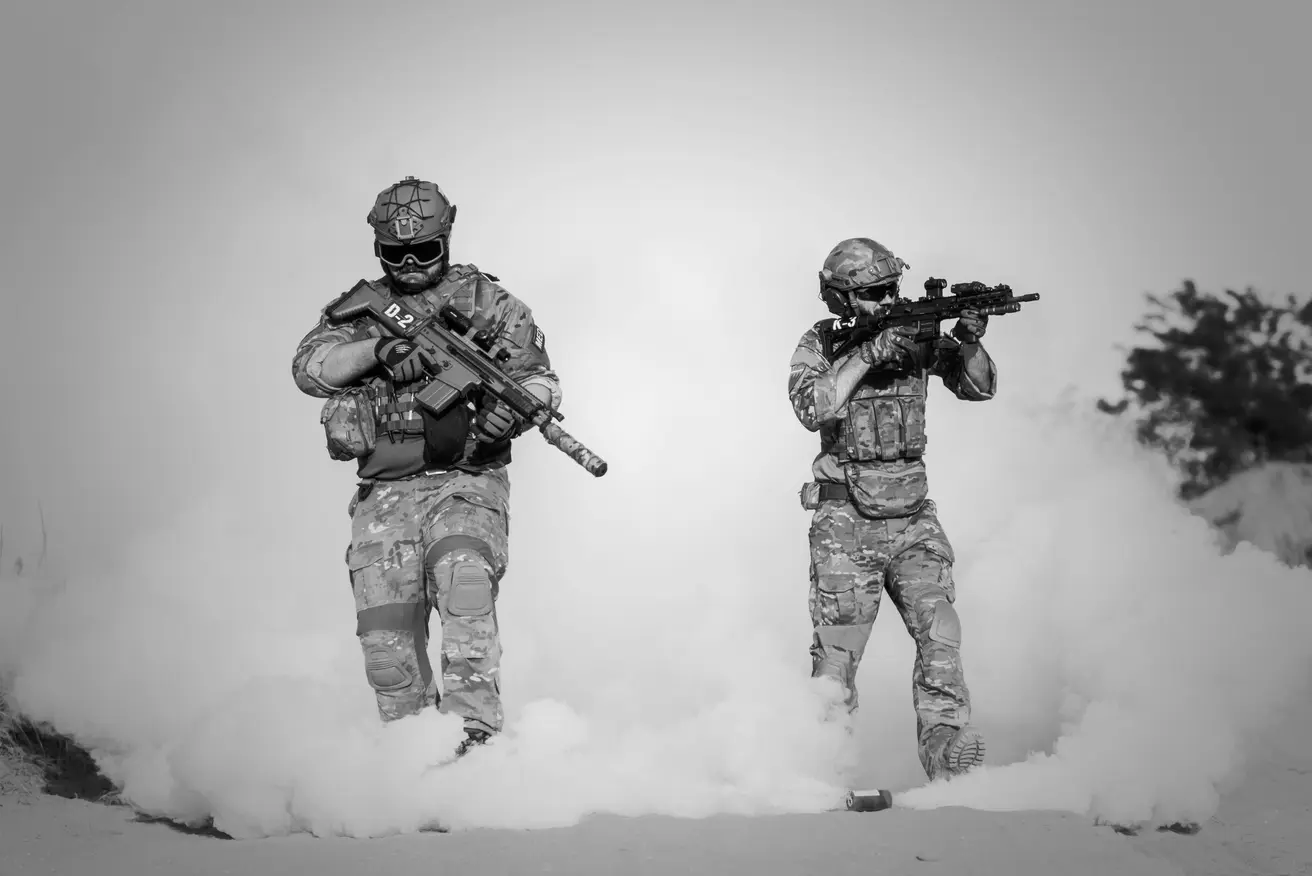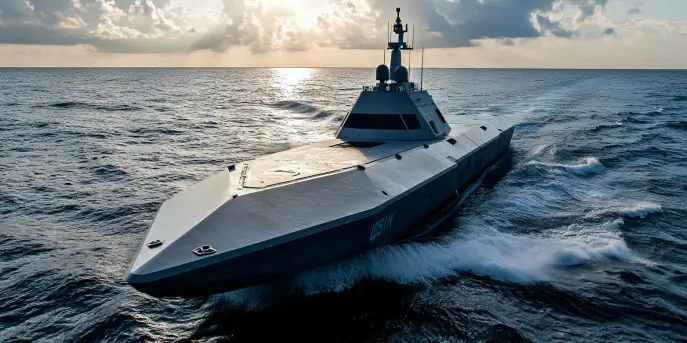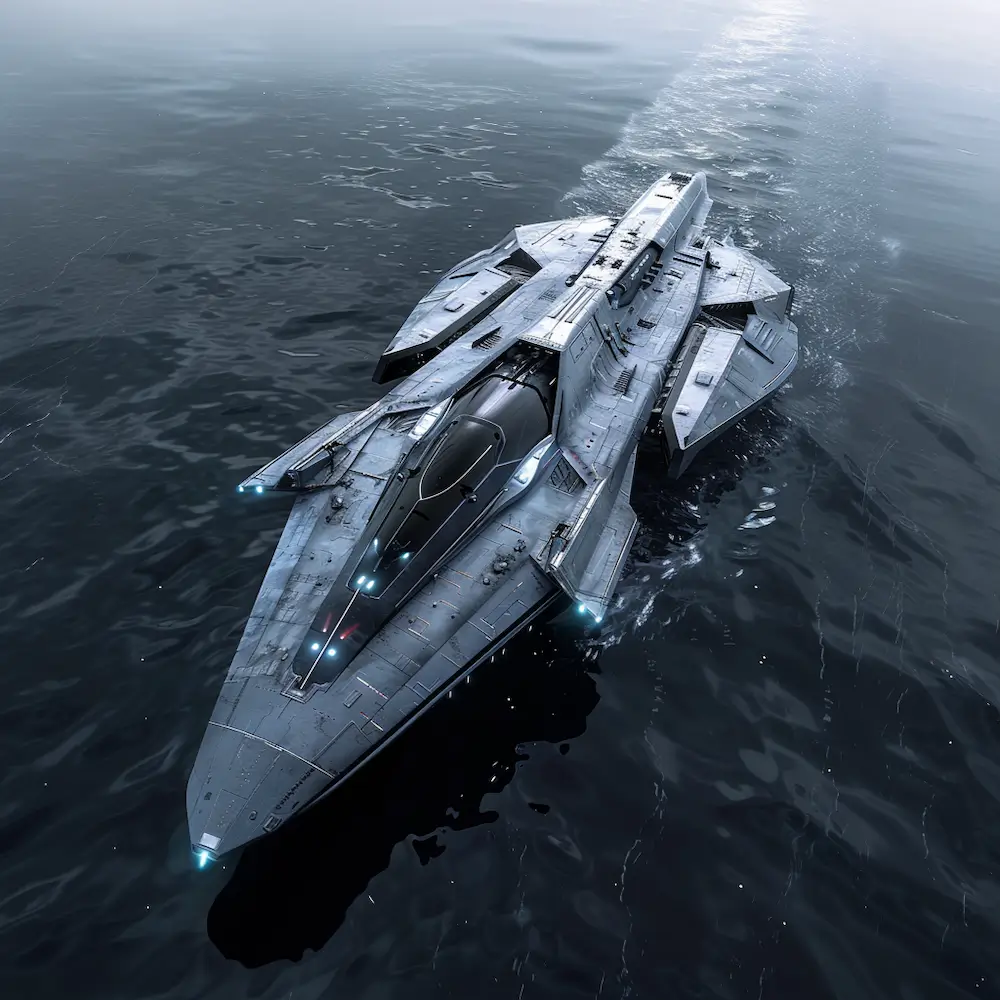The Evolution of Amphibious Combat Vehicles
The development of military technology has continually advanced, with amphibious vehicles being a key component of modern armed forces’ mobility and versatility on diverse battlefields. The introduction of the new Amphibious Combat Vehicle (ACV) 1.1 by the US Army is a testament to these advancements, addressing both modern warfare demands and challenging environments.
Design and Features of ACV 1.1
The ACV 1.1 represents a significant leap from preceding models, aiming to enhance the operational capabilities of the US Army by offering superior armor protection, mobility, and versatility in amphibious operations. This vehicle is designed to provide sustainable operations in diverse conditions, with improvements focused on armor, weaponry, and mobility.
Key Specifications of ACV 1.1:
| Feature | Specification |
|---|---|
| Weight | 30 tons approximately |
| Crew Capacity | Three (Driver, Gunner, Commander) + 13 Marines |
| Weaponry | 30mm automatic cannon, 7.62mm machine gun |
| Engine Power | 700 HP |
| Water Speed | 5 knots |
Mobility and Versatility
One of the standout features of the ACV 1.1 is its outstanding mobility. Designed with state-of-the-art suspension systems, the ACV ensures smoother rides and stability on rough terrains. The vehicle is capable of rapid deployment from ship to shore, allowing the US Army to capitalize on strategic positions in littoral zones efficiently. Moreover, the ACV 1.1 excels in off-road performance, offering tactical advantages across a wide range of landscapes from sandy beaches to dense forests.
The incorporation of centralized tire inflation systems further enhances its adaptability by adjusting the tire pressures according to the terrain, maximizing traction and efficiency. This feature underscores the ACV 1.1’s capability to maintain momentum over challenging terrains and in harsh weather conditions, essential for maintaining combat readiness in unpredictable environments.
Enhanced Protection
In present-day battlefields, armored protection is indispensable. The ACV 1.1 is equipped with advanced composite armor that provides increased survivability against a spectrum of threats including small arms fire, IEDs, and anti-tank weapons. Additionally, the vehicle is fitted with enhanced mine-blast protection, ensuring crew safety during high-risk missions.
The integration of cutting-edge defensive systems enables the vehicle to detect and react to threats swiftly. Its modular armor allows for easy upgrades as new technologies emerge, ensuring that the ACV 1.1 remains a formidable asset well into the future.
Advanced Weapon Systems
Weapon systems installed on the ACV 1.1 are designed to deliver effective offensive capabilities in various combat scenarios. A notable upgrade is the precision-targeting system that enhances the accuracy of its 30mm automatic cannon and supporting 7.62mm machine guns. These systems facilitate seamless engagement with enemy positions, providing covering fire for infantry movements and neutralizing threats from a distance.
Communications and Technology
Communication is a critical factor in modern warfare. The ACV 1.1 is equipped with sophisticated, secure communication systems, facilitating seamless interaction with other units and command centers. These systems enable the exchange of real-time data, mission updates, and collaborative strategies, augmenting operational coherence across the board.
Additionally, the implementation of advanced navigational aids, such as state-of-the-art GPS and situational awareness tools, allows for coordinated and precise maneuvers. This sophistication minimizes operational errors and maximizes mission success rates, thus enhancing the combat efficacy of deployed units.
Operational Impact and Future Prospects
The ACV 1.1 is expected to have a profound operational impact on the US Army’s amphibious capabilities. By integrating lessons learned from previous conflicts and incorporating innovatory technologies, the ACV 1.1 addresses many of the critical challenges faced by armed forces operating in multi-dimensional combat environments.
The ACV program remains committed to continuous improvement. Future iterations of the vehicle are likely to incorporate emerging technologies such as unmanned aerial and aquatic drones, expanded battlefield sensors, and AI-powered decision-making systems to further enhance tactical and strategic outcomes.
As these developments continue, the ACV 1.1 symbolizes not just an evolution of military hardware but also a redefinition of amphibious combat strategies. The US Army’s readiness to adapt and reform its capabilities underscores its preparedness to address evolving threats globally.
